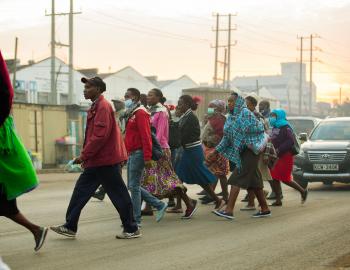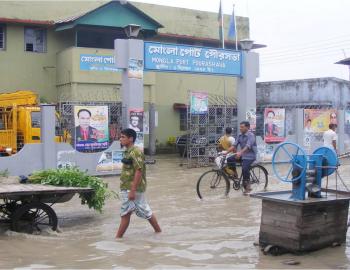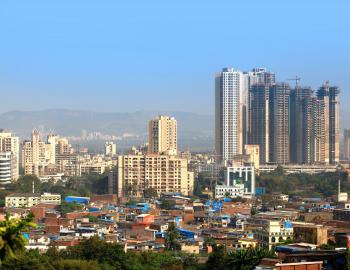Zimbabwe’s changing urban landscape
Zimbabwe’s changing urban landscape
The definition of which settlements count as ‘urban’ in Zimbabwe is complex, creating uncertainty regarding the extent and nature of urbanisation. Analysis of the official census data collected by the Zimbabwe National Statistics Agency (ZIMSTAT) suggests that the country is de-urbanising, with the proportion of the population living in urban centres falling from 35% to 33% between 2002 and 2012. But the data also shows slow urban growth in smaller centres with the total urban population growing slowly at 0.6% per annum from 4,029,707 to 4,284,145, compared to the 4.2% average across sub-Saharan Africa.
However headline de-urbanisation statistics do not capture significant diversity and complexity in population movements at the local level. There are driven by factors such as macroeconomic instability, urban economic downturn, climate pressure, mining industry dynamics and cross-border trade linkages. While this analysis finds strong evidence to support statistical de-urbanisation, changes to the census bases from 2002 to 2012, and a lack of disaggregated data mean that this conclusion should be treated with a degree of caution. Strengthening the evidence base around urban trends in Zimbabwe will be imperative for programmes and policy makers aiming to support the urban poor across Zimbabwe. Analysis of independent population and satellite data sources could complement analyses based on available ZIMSTAT data, and would better inform donor community decisions around resource allocation and programme planning.
There is a scoping report to accompany this briefing available from R4D.



